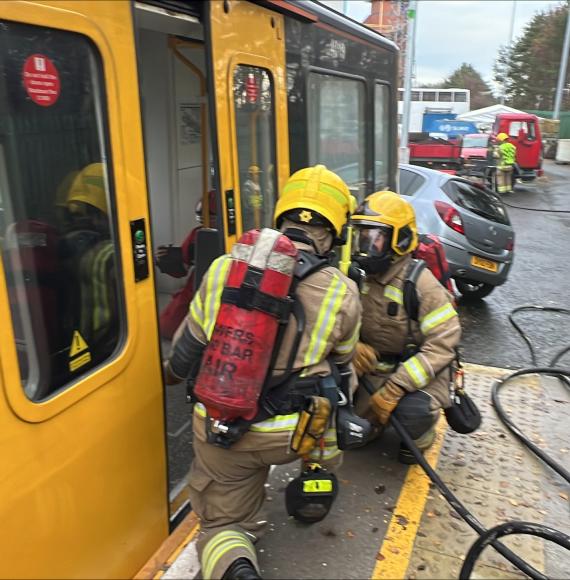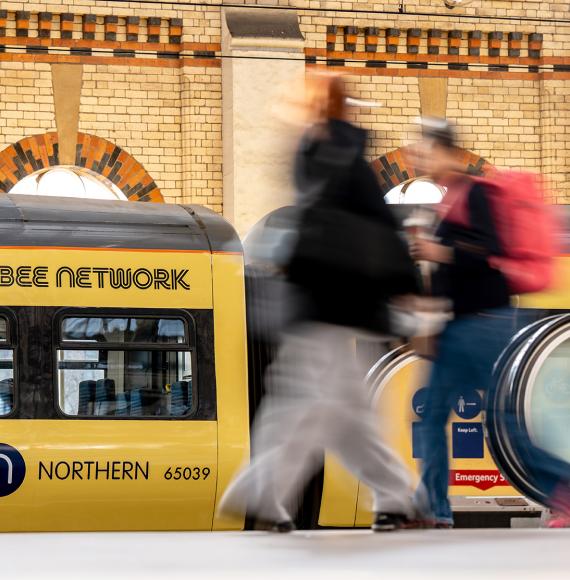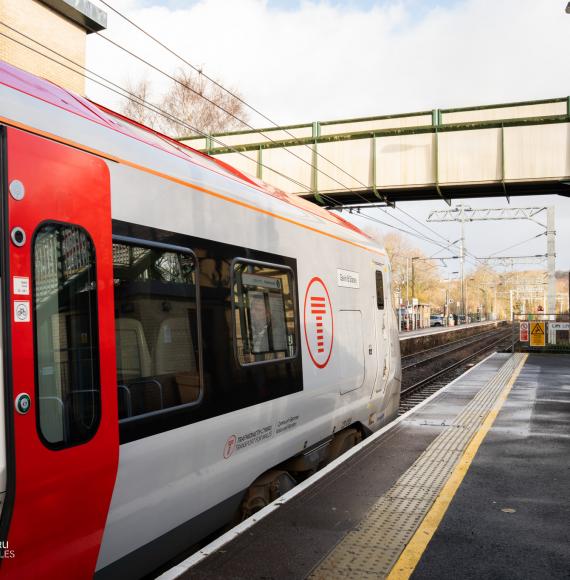Automation has the potential to be the key to much greater efficiency in the rail industry. Through automated processes, we could provide robust, reliable manufacturing, monitoring and forecasting across a range of key rail functions – but it all relies on the resilience of the private wireless network.
The ability to stream high quality data back and forth is the crux of effective automation. Good connectivity makes or breaks automated innovations.
As a provider of private wireless networks to rail, Nokia is keen to help organisations fall into that high quality connectivity category and open up the door to a vast range of new opportunities and efficiencies.
Karsten Oberle, Head of Rail – Digital Industries at Nokia, described one innovative solution taking place – outside of the rail sector – with Lufthansa Technik, who provides maintenance, repair and overhaul services for aircraft, but the basis of which could easily be transferrable to rail.
He describes: “Working with Lufthansa Technik, we deployed a private 5G network in one of their hangers.
“5G networking has enabled Lufthansa Technik to provide virtual engine parts inspection for its civil aviation customers over fast, high-definition video links.
“Guiding customers directly through the engine shop via images generated by a 5G-enabled mobile device, Lufthansa Technik’s ‘Virtual Table Inspection’ (VTI) has allowed customers to remotely attend engine parts inspections, without travelling to its Hamburg facility.”
Now picture a busy rail depot or maintenance facility, or a rolling stock manufacturer. Many of the same challenges are being faced in their workplaces too, and as such technology as were deployed with Lufthansa Technik’s team could directly translate to their work too.
However, it all relies on that robust, resilient connectivity first.
Want to learn more? Download Rail Technology Magazine’s latest whitepaper report on the power of wireless networks in rail, in association with Nokia.

















